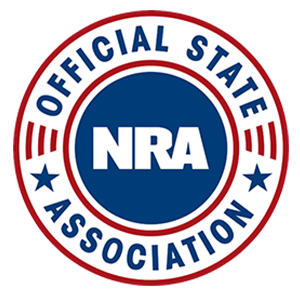© 2022 GUN OWNERS' ACTION LEAGUE. 287 TURNPIKE RD., SUITE 115, WESTBORO MA 01581 ALL RIGHTS RESERVED.
Powered by Wild Apricot Membership Software
© 2022 GUN OWNERS' ACTION LEAGUE. 287 TURNPIKE RD., SUITE 115, WESTBORO MA 01581 ALL RIGHTS RESERVED.

